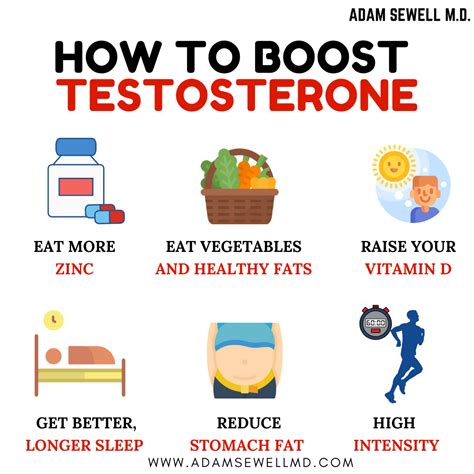How to break strength plateaus for continuous peak performance?

Every dedicated lifter eventually encounters the frustrating wall known as a strength plateau. This is a point where your progress stalls, and despite your best efforts, the numbers on the bar refuse to budge. While frustrating, a plateau is a natural part of the strength journey, signaling that your body has adapted to your current routine and needs a new stimulus to grow. Breaking through these barriers is not just about pushing harder; it’s about training smarter, incorporating strategic changes that challenge your body in novel ways and pave the path for continuous peak performance.
Understanding the Root Causes of Plateaus
Before you can break a plateau, it’s crucial to understand why it’s happening. Common culprits include:
- Lack of Progressive Overload: You’re not consistently challenging your muscles to do more than they’re accustomed to.
- Insufficient Recovery: Your muscles aren’t getting enough rest and repair time between sessions.
- Poor Nutrition: Your diet isn’t supporting your energy demands or muscle repair and growth.
- Overtraining: Too much intensity or volume without adequate rest can lead to burnout and stalled progress.
- Monotony: Performing the same exercises in the same rep ranges with the same weights can lead to adaptation and a lack of new stimulus.

Strategic Approaches to Shatter Plateaus
1. Re-evaluate Progressive Overload
Progressive overload isn’t just about adding more weight. It encompasses various methods to increase the demand on your muscles:
- Increase Reps: If you’re stuck at a certain weight, try increasing the number of repetitions per set.
- Increase Sets: Add an extra set to your current exercise.
- Decrease Rest Times: Shorter rest intervals between sets can increase intensity and endurance.
- Increase Time Under Tension (TUT): Slow down the eccentric (lowering) phase of your lifts to keep muscles working longer.
- Improve Form: Sometimes, poor form is the limiting factor. Perfecting your technique can allow you to lift more safely and effectively.
2. Vary Your Training Variables
Your body adapts quickly. Introduce novelty to keep it guessing:
- Exercise Variation: Swap out compound lifts for their variations (e.g., barbell bench press for dumbbell bench press, back squats for front squats). Introduce new accessory exercises.
- Rep Ranges: Don’t always train in the 6-12 rep hypertrophy range. Incorporate strength blocks with 1-5 reps, or endurance blocks with 15+ reps.
- Training Frequency: Try hitting a muscle group twice a week instead of once, or vice-versa, adjusting volume accordingly.
- Tempo Training: Experiment with different lifting speeds (e.g., 2-second concentric, 1-second pause, 3-second eccentric).
- Specialized Techniques: Incorporate drop sets, supersets, giant sets, rest-pause sets, or forced reps (with a spotter) to push beyond typical failure points.

3. Implement Deloads and Periodization
Sometimes, the best way to move forward is to take a step back. A deload week involves significantly reducing your training volume and/or intensity (e.g., 50-60% of your usual). This allows your central nervous system to recover, repairs micro-traumas, and helps prevent overtraining. Periodization, on the other hand, is a long-term plan that cycles through different phases of training (e.g., hypertrophy, strength, power) to optimize performance and prevent plateaus.

4. Optimize Nutrition and Recovery
Your performance in the gym is directly linked to what you do outside of it:
- Caloric Intake: Ensure you are eating enough calories to fuel your workouts and support muscle growth. If you’re in a caloric deficit, gaining strength can be extremely challenging.
- Protein Intake: Aim for 1.6-2.2 grams of protein per kilogram of body weight to support muscle repair and synthesis.
- Hydration: Dehydration can significantly impair performance and recovery. Drink plenty of water throughout the day.
- Sleep: Prioritize 7-9 hours of quality sleep per night. This is when your body does most of its repair work and hormone regulation.
- Stress Management: Chronic stress elevates cortisol, which can hinder recovery and muscle growth. Incorporate stress-reducing activities.
5. Strengthen Weak Links and Address Imbalances
A chain is only as strong as its weakest link. Often, a plateau isn’t due to the primary muscles you’re training, but rather a smaller, supporting muscle group that’s holding you back. For example, weak triceps might limit your bench press, or a weak core could hinder your squat. Identify and focus on strengthening these auxiliary muscles with targeted exercises.

The Importance of Consistency and Patience
Breaking a plateau isn’t an overnight fix; it requires consistent application of these strategies and patience. Track your workouts diligently, noting changes in weight, reps, rest times, and how you feel. Pay attention to your body’s signals and be willing to adjust your plan as needed. The journey to continuous peak performance is a marathon, not a sprint.

By intelligently manipulating training variables, prioritizing recovery, and nourishing your body effectively, you can overcome strength plateaus and continue your ascent towards new personal bests and sustained fitness excellence. Embrace the challenge, learn from the experience, and watch your strength soar.







